Contributed jointly by Dragan Rangelov and myself
The binding problem is a specific example
of a more general problem in brain studies, namely that of integration, that is
to say of how the many, specialized, areas of the brain interact to provide the
integration that is evident in our perceptions, thoughts and actions.
Binding has come to refer more to this
problem within the confines of the visual brain. Here the binding problem becomes
the problem of how the several, parallel, processing systems in the brain
interact to give us our unitary perception of the visual world, in which
different attributes such as form, colour and motion are seen in precise
spatial and temporal registration.
The initial mistake is to suppose that we
do see these attributes at precisely the same time. In fact, psychophysicalexperiments show that this is not true and that we see and become aware of some
visual attributes such as colour before we see and become aware of others, such
as motion.
This raises a question which has so far
remained un-addressed, namely of whether there is some central station in the
brain that “waits” for all the processing systems to complete their tasks
before “binding” the results of their operations. There clearly is no such system because, over very brief
time windows, we bind the colour that we see at time x to the motion that we had
perceived 80 ms before. We therefore mis-bind in terms of the objective
reality.
We discussed this issue some two years ago
while at a meeting and thought that we should conduct some more experiments on
this problem. Our approach was as follows: we presented subjects with lines of
different orientation that could be in a number of colours. If colour is bound
to orientation at perceptual or pre-perceptual stages, then the accuracy of
reporting one attribute, say colour, should co-vary with the accuracy of
reporting the other attribute (orientation), when the two are presented to
subjects over very brief time windows.
If, however, the two attributes are not
bound at the pre-perceptual or perceptual stage, then the accuracy of reporting
one attribute (colour) should vary independently from the accuracy of reporting
the other (orientation).
Our results, just published, showed that
the accuracy of reporting the two attributes is independent, with the accuracy
of reporting colour being always greater than the accuracy of reporting the
orientation, probably reflecting the fact that colour is perceived before the
orientation of lines by about 40 ms.
This suggests that these two attributes, at
least, are not bound at either pre-perceptual or perceptual stages.
This result leads us to conclude that
binding does not occur by physiological interaction between cells in the visual
areas, but rather occurs at pos-perceptual stages, perhaps through the
intervention of memory. We only experience attributes as being bound even though
they are not bound physiologically, and only because they occur within the
same, very brief memory time window.
Our results may provide, we think, an
interesting resolution to the binding
problem, namely that there is no such problem to resolve at the perceptual
level.
If binding occurs post-perceptually, then
the search for how binding occurs shifts to a different arena.
Time will tell whether we are correct in
our interpretation.
We may of course be wrong, but we hope that
our new view provides the ground for interesting new experiments and debates.

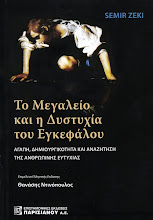
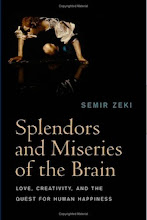
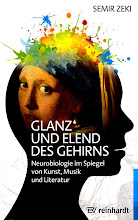
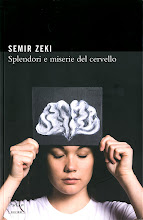



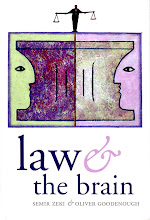
 Contact us
Contact us